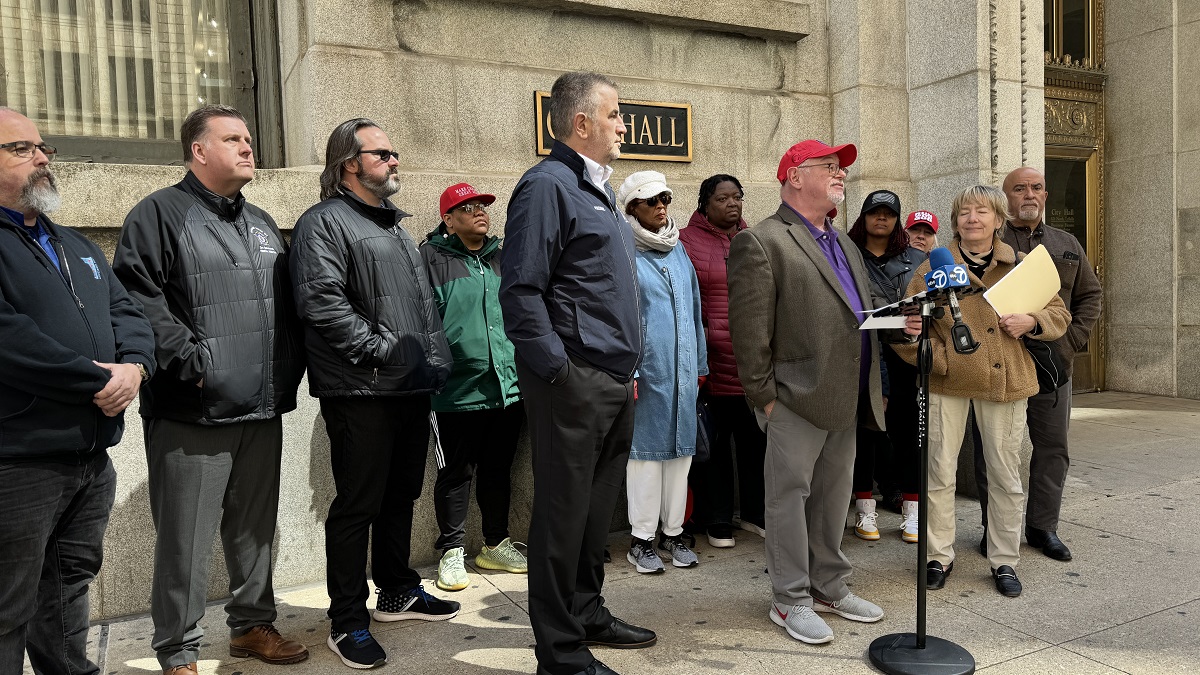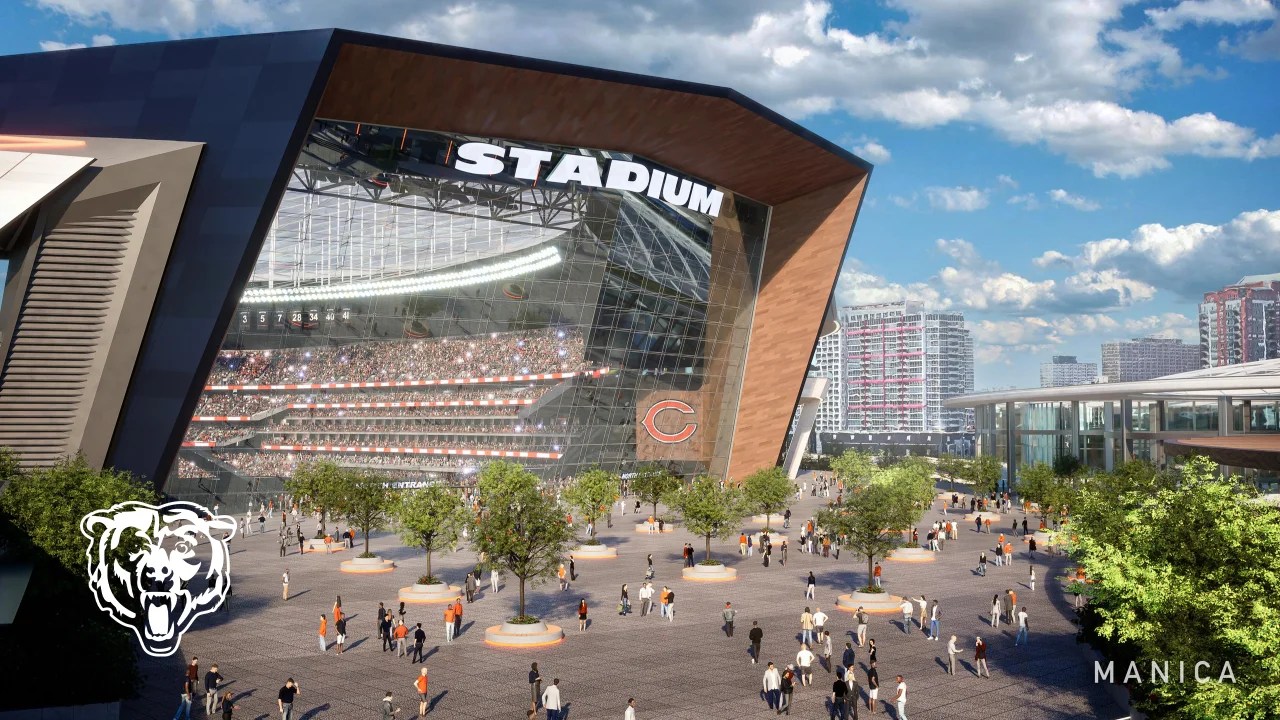As Chicago ends its most lethal January since 2002, with 42 murders, we again have to ask ourselves, “Why are we different from other big cities? Why do we have more killings than New York or Los Angeles, despite a smaller population?”
The other day, I had a conversation with a retired police lieutenant, who explained to me that Chicago’s history of segregation reverberates to this day with street violence unparalleled in any big city.
Going back over 100 years, African-Americans were confined to a narrow strip of the South Side known as the Black Belt. As they migrated north in greater numbers, during and after World War II, the borders of the Black Belt remained the same, while the black population increased dramatically. Instead of allowing them to settle in white neighborhoods, Chicago politicians tried to cram as many as possible into their existing turf. Hence the creation of housing projects, such as the Robert Taylor Homes and the Ida B. Wells Homes. And of Chicago's reputation as the most segregated city in America.
The Vice Lords and the Gangster Disciples developed inside the projects, the lieutenant explained, and used them as strongholds to control drug sales for miles around. The projects were demolished in the 1990s and 2000s. Partly, that was because of the gang violence going on inside -- the killing of 7-year-old Dantrell Davis, accidentally gunned down in a gang crossfire, is referred to as “the shot that brought the projects down.”
Local
When the projects disappeared, the gang culture born inside them didn’t. The gangbangers dispersed throughout the city, but without the projects, their organizing structure was gone. Gang lords operating out of the projects had controlled as many 500 members, allowing them to settle turf disputes and keep a lid on violence that might have drawn unwanted police attention to their drug enterprises.
Now, instead of a few well-organized gangs controlling entire neighborhoods, we have dozens of small gangs fighting over drug-sale territory as small as a street corner.
Chicago’s greatest current ill -- violence -- is a legacy of its greatest historical ill -- segregation.



